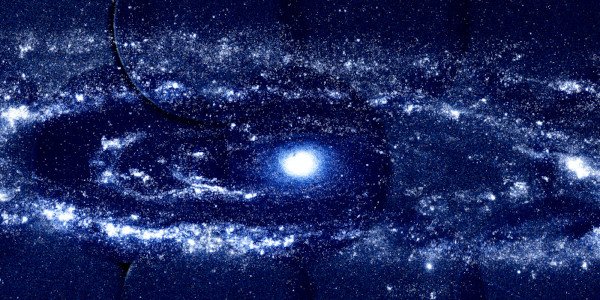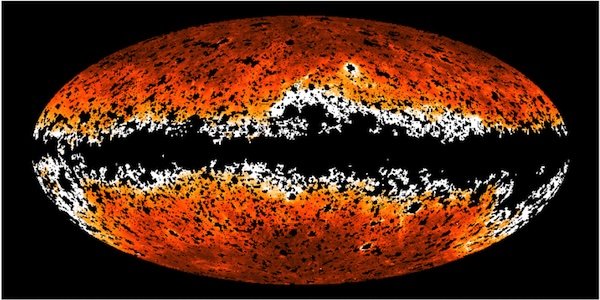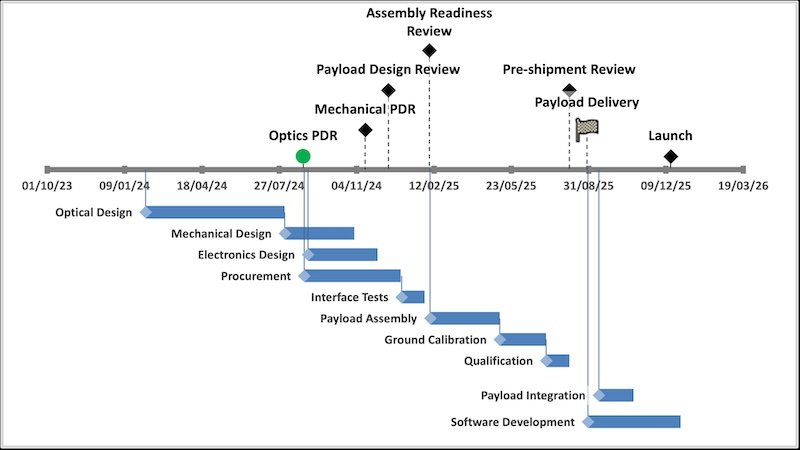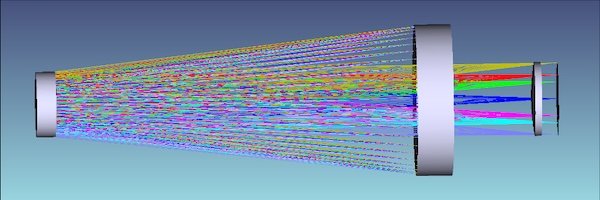Far-UV Imaging Satellite
Observing the ultraviolet (UV) sky for time-variable phenomena is one of the many exciting science goals that can be achieved by a relatively small aperture telescope in space. The Far Ultraviolet Imaging Telescope (FISAT) is a wide-field (3 deg) imager with a photon-counting detector in the far-UV (FUV, 130 - 180 nm). It has a Ritchey-Chrétien telescope design with a single corrector lens to enable wide-field observations while minimizing optical aberrations.
Design, assembly, qualification and calibration of FISAT will form the PhD thesis of Shubhangi Jain. A similar payload, NUTEx (Near-UV Transient Explorer) is being developed to cover the near-UV (200 - 300 nm) band as well.
Science Case
FISAT is designed to be a wide-field survey instrument. With its dedicated transient search program, FISAT is well suited to detect/follow-up transients in the in the local universe. Detection would be immediately notified to the worldwide astronomy community and data/images will be released in public domain without any proprietary or lock-in period.
Novae are explosive stellar events in cataclysmic binaries triggered by thermonuclear runaway reactions on white dwarfs. Data from these events offer valuable insights into accretion processes and binary evolution. Capturing the initial flaring phase of a nova is extremely challenging as well as highly important. A long term monitoring of M31 for novae is one of the key science areas of FISAT.
Monitoring M31

Theoretical models predicts a short-lived UV flash before the optical flaring of novae. This has never been observed. While any spiral galaxy is expected to have at least 50 novae per year, M31 (Andromeda galaxy) is most suitable to detect novae due to its proximity to our Galaxy. FISAT's wide field of view would cover M31 in a single pointing and daily deep exposures will capture all transient events in FUV down to 19th AB magnitude.
Galactic Plane Survey

The Galactic plane is bright in UV. Since intensified photon counting detectors are mostly used in UV Astronomy missions, most of the plane is too bright to be observed by larger missions such as UVIT and GALEX. FISAT is a much smaller instrument, with a shorter mission life. It is more tolerant to bright regions and one of the key science area is to map the galactic plane in the far ultraviolet regime for the first time.
Instrument
Motivations behind the design of FISAT is to have a small payload to meet the specific science goals, while keeping the development time below ~3 years. Given all the requirements, the most optimized design is an 80mm aperture, 3.4U payload.
Most of the optical and mechanical components are being fabricated in-house at IIA.
Project Time Line


- Telescope: Ritchey-Chrétien
- Field of View: 3 deg. circular
- Observing band: 130-180 nm
- Aperture: 80 mm
- Limiting Magnitude: 19 AB magnitude
- Brightness Limit: 8 AB magnitude
- Detector: Solar blind MCP
- Dimensions: 100 x 100 x 340 mm (3.4U)
- Weight: 5 Kg
- Power: 8W
